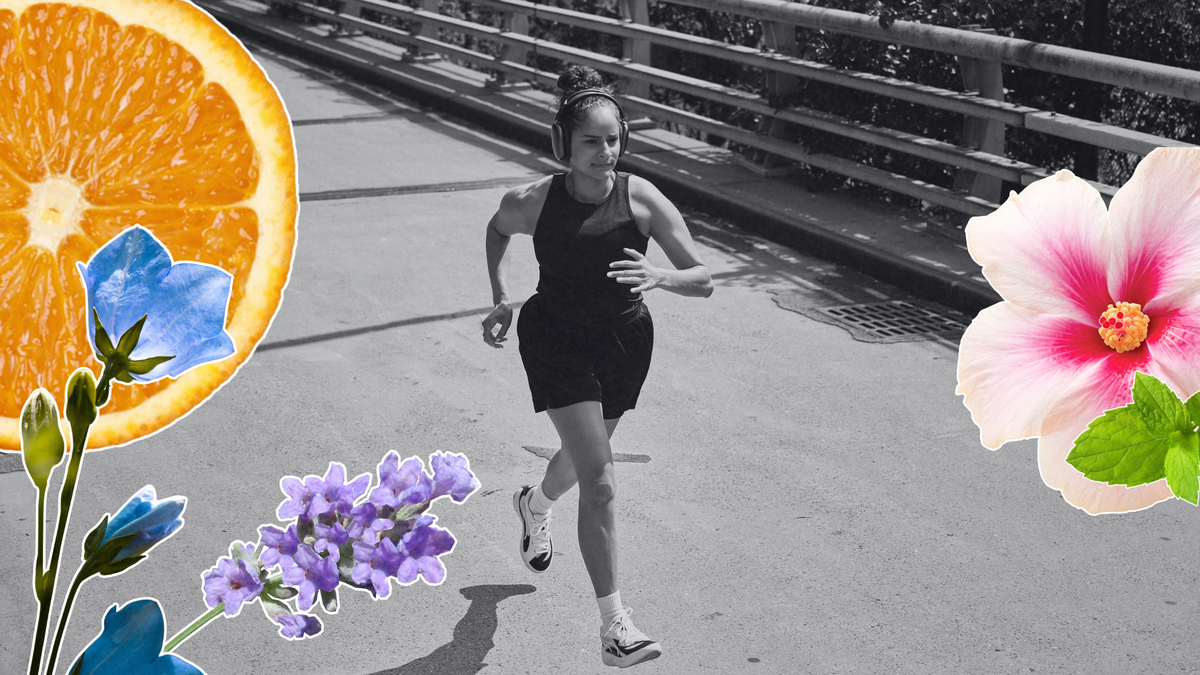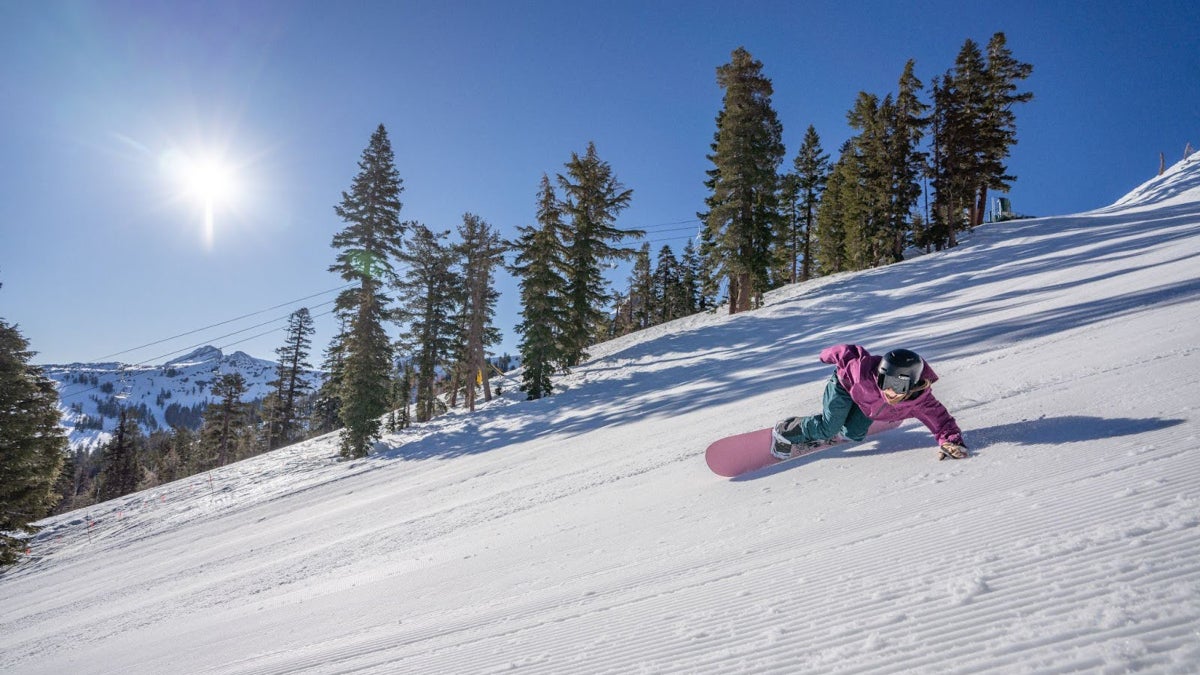
In my neck of the woods, there are countless trails crisscrossing over a million acres of public forestland. In other words, I don’t have to venture too far from my doorstep to immerse myself in the heart of Wisconsin’s backcountry and start reaping its many rewards.
During warm weather months, birdsong banter becomes my running or biking soundtrack. During a crisp autumn hike, I savor the crunch of fallen leaves underfoot and the divine display of multi-colored foliage above. In winter, I might travel these same routes by ski—or explore new territory by snowshoe—as a fresh round of powder trickles down from the skies. Along the way, I delight in the earthy fragrances of the forest.
When I manage to weave this sort of outdoor exercise into my routine, it’s as if my body breathes a giant sigh of relief, shedding tensions and stressors that have accumulated over the course of a day and counteracting at least some of the pings, dings, rings, and screen time racked up while sitting at my desk.
There have been plenty of times when I’ve substituted this mix of nature and movement for a more convenient at-home workout or a trip to the gym. Don’t get me wrong—I enjoy, appreciate, and benefit from these indoor alternatives. Even so, I can say with near certainty that I do not experience the same sort of rejuvenating effects. Science has at least begun to explain why, particularly when it comes to the amalgamation of scents that you can experience in the outdoors.
The Science of Smell
Landmark papers have suggested the benefits of green exercise, such as improved mental and physical health, and shown that exercising outdoors offers advantages over similar indoor workouts.
Certain plants and their aromas likely evolved into seasonal staples at least in part because they felt good or led to practical well-being benefits.
Although the reasons behind nature’s positive effects are difficult to parse apart, our sense of smell and the aromas circulating outside factor into this phenomenon. Unlike our other senses, which pass through the brain’s primary sensory control center, the olfactory system has a direct pathway to the limbic system, a group of brain structures that regulate behavior and motivation. The limbic system is also responsible for triggering immediate and powerful memories and emotions in response to certain smells.
Olfaction can be thought of as a “metabolic gatekeeper” that sits at the crossroads of environment, behavior, and internal metabolic state. For instance, when you inhale a scent, the molecules travel to the olfactory bulb, which helps the brain interpret odors.
Why Seasonal Scents Have a Profound Impact on How We Feel
Our body runs on 24-hour cycles that regulate everything from hormones to digestion, and these circadian rhythms are based on time-related signals. Odors act as circadian time cues that help synchronize the body’s biological clock and signal the time of year.
Certain plants and their aromas likely evolved into seasonal staples at least in part because they felt good or led to practical well-being benefits. Over time, the smell and the cultural tradition became powerfully intertwined.
For example, forest scents have long been synonymous with winter and its holiday traditions, as Christmas trees, wreaths, and pine boughs signal calm and comfort during a season of rest.
The bright and vibrant scent of citrus, on the other hand, delivers a natural boost that may explain its role in celebrations marking the symbolic beginning of spring and a time for renewal, such as the Lunar New Year. Citrus peels are rich in limonene, which activates alertness-related regions of the brain, and inhaling this scent can lift mood.
When I plunk myself into the heart of the Northwoods’ forests and inhale the atmosphere, the air that fills my lungs contains a complex chemical blend released by trees that creates a calming effect by reducing stress and improving emotional well-being.
Can Nature’s Aromas Influence Athletic Performance?
Although scents will never replace essentials like nutrition or sleep, research suggests that certain scents may indirectly influence athletic performance.
Every odor creates a unique physiological response during physical activities, and personal preference is a difference-maker. Put simply, liking a scent maximizes the positive effects.
Peppermint odor can have positive impacts on performance, such as improved alertness and focus. An older study, still worth mentioning for its findings, linked exposure to peppermint odor with improved running speed, grip strength, and the number of push-ups people could do. More recent research demonstrated that peppermint increased the time it took for runners to reach exhaustion.
Studies have shown that inhaling spearmint and sweet orange can improve lung function and shorten running times, and that other citrus-family scents, like bergamot (which has a strong spicy-sweet citrus aroma), reduce exercise-related fatigue.
One can at least begin to picture the possible real-world applications. Invigorating scents might be helpful leading up to shorter and more explosive sports like track sprints. Distance runners or cyclists might use these same scents to make difficult stretches feel more manageable.
Lavender, on the other hand, would be useful for post-training rest and recovery, as the floral yet powdery scent is known to improve sleep quality.
However, there are plenty of research gaps and caveats to consider. Studies in this realm have typically been small and often rely on essential oils rather than real-world exposure to nature, for instance. Any possible performance boost is generally modest.
How to Reap the Benefits of Scent on Your Next Outdoor Adventure
Although we may understand some possible short-term benefits of outdoor exercise in general and of nature’s smells in particular, the long-term impact and the most effective settings for fostering these advantages remain unclear, leading some to highlight the need for more robust long-term studies.
In the meantime, we can still be intentional about mixing our exercise with green environments:
- Instead of hopping onto the nearest sidewalk or street and beginning your walk, jog, or ride, seek out and take advantage of routes along tree-lined trails, riverside paths, or community parks.
- Take your typical yoga session to a grassy field filled with wildflowers.
- Bring your bodyweight workout or post-jog stretch underneath a tree canopy.
- Take your dog to the beach and enjoy a stroll by the water’s edge and inhale the sea air.
- Practice noticing and appreciating the bouquet of scents encountered along the way.
- When you have the opportunity, stop and smell the roses—literally. Or break an evergreen needle in half, hold it to your nose, and take a whiff.
It may seem like a no-brainer, but it’s worth reminding ourselves that some time outside is better than none. On those especially hectic days, try weaving a short outdoor walk into your lunch break. Or devote a few precious moments to interacting with the plants in your garden after dropping the kids off at school. Get outside. Move around. Breathe deeply. Your body will thank you.
Want more Outside health stories? Sign up for the Bodywork newsletter. Ready to push yourself? Enter MapMyRun’s You vs. the Year 2025 running challenge.
The post Nature’s Aromas Can Influence Athletic Performance, According to Science appeared first on Outside Online.














